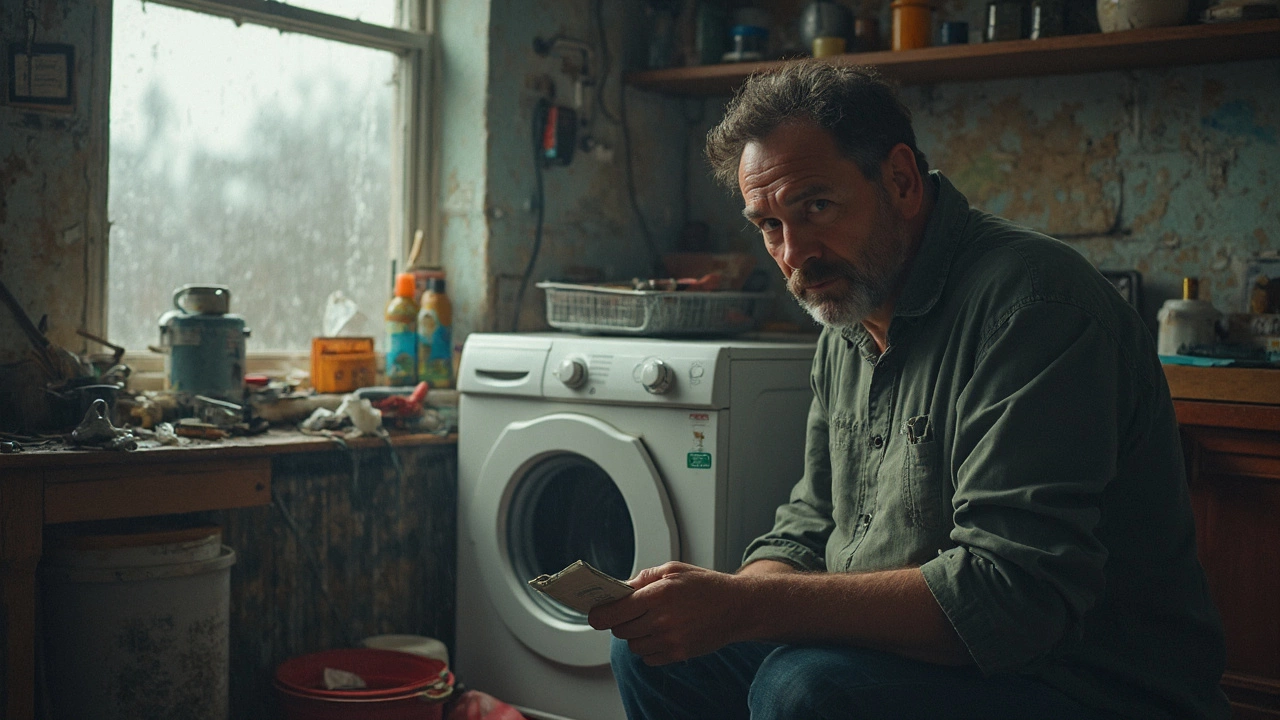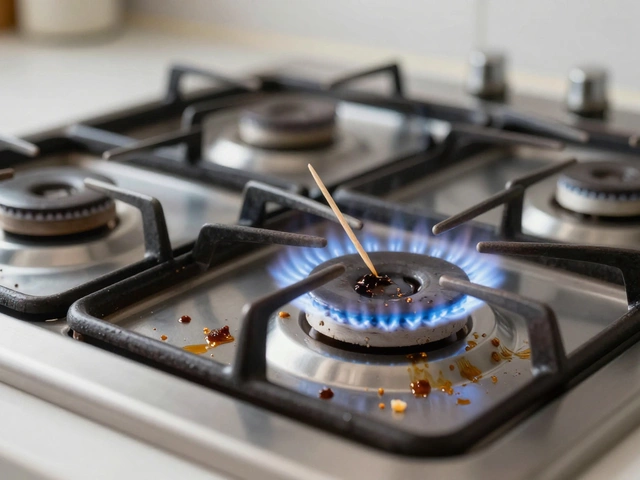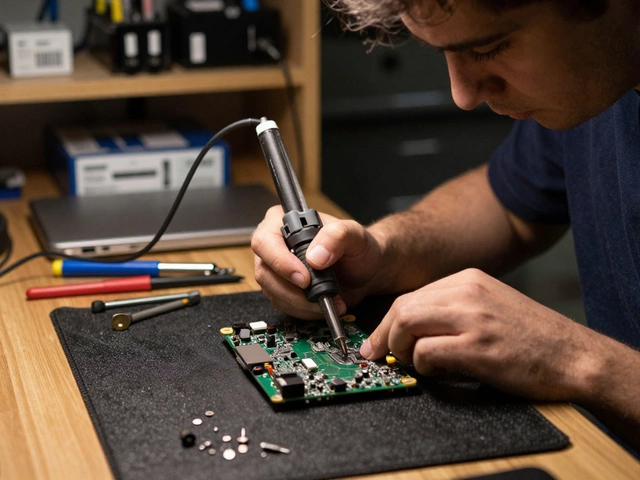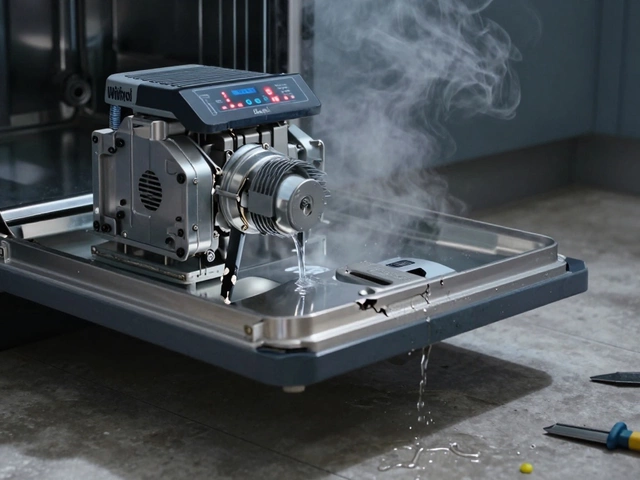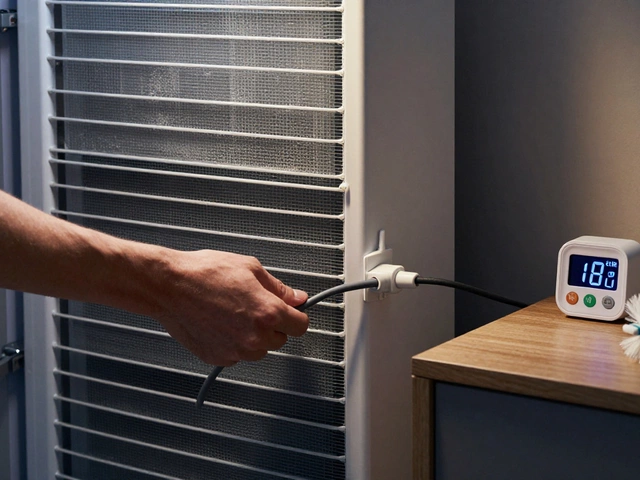Your dryer is out of commission and you’re standing there with a pile of wet clothes, thinking—should I fork out for repairs or just buy a new one? That’s a tougher call than most folks realize. Sometimes tossing cash at repairs just doesn’t make sense. The trick is knowing how to spot those moments before you waste money on a lost cause.
First off, look at the age of your machine. Most dryers are built for about 10 years of solid service if you treat them well. If yours is pushing past that, repairs can start racking up and still leave you with a machine that’s living on borrowed time. Instead of sinking money into repeated fixes, your cash might be better spent on something new (and way more energy efficient).
There are certain problems that scream ‘don’t bother’ louder than others. Like if your dryer needs a new motor or control board—the parts alone cost a bundle, and labor isn’t cheap, either. In a lot of cases, that kind of repair bill gets dangerously close to what you’d pay for a brand new model that won’t break down again next week.
- When Repair Becomes a Money Pit
- Common Dryer Problems That Spell 'Time to Replace'
- Cost vs. Value: Doing the Math
- Safety Hazards That Cancel Out Repairs
- What to Do with an Unfixable Dryer
When Repair Becomes a Money Pit
If you’ve ever had a repair tech quote you more for fixing your dryer than you paid for it, you’re not alone. Tossing money at an old machine usually means you’re on a slippery slope—where the next breakdown is just around the corner.
The classic ‘money pit’ move is paying to replace major parts, like the heating element or drum roller, only to have the control board blow out a month later. Most experts agree: when the repair cost hits 50% or more of the price of a new appliance, it’s usually smarter to replace, not repair.
Here’s a quick breakdown on what this might look like:
| Average Dryer Age | Common Major Repair Cost | New Dryer Cost |
|---|---|---|
| 6-8 years | $200-$350 | $500-$900 |
| 9-12 years | $300-$500 | $600-$1,000 |
Notice how quickly the repair charges jump as the dryer gets older? A 10-year-old machine with a $400 repair makes zero sense when you compare it to a reliable, more energy-efficient model you could pick up new.
Let’s not forget the smaller stuff, too. If you’re making three or four service calls in a year, paying a hundred bucks here and there, those bills add up fast. Sometimes it’s death by a thousand cuts.
Bottom line: don’t just look at the price of a tumble dryer repair by itself. Add up what you’ve spent over the past couple of years, and factor in downtime and stress. If your dryer spends more time being worked on than drying clothes, it’s probably time to wave goodbye.
Common Dryer Problems That Spell 'Time to Replace'
Sometimes, certain dryer repair issues are dead giveaways that it’s time to let your old tumble dryer go. You can throw money at the problem, but you’ll keep hitting the same wall. I’ve seen it time and time again—big fixes often mean bigger headaches down the line.
- Drum Doesn’t Spin: If your drum barely turns or doesn’t spin at all, chances are the drive motor or belt gave up. Motors aren’t cheap, and a new one can run you close to half the price of a fresh dryer.
- Heat Is Gone: When the dryer won’t heat despite setting it properly, the heating element or electrical board might be fried. If both are shot, that’s double trouble—expensive repairs with no guarantee it’ll last.
- Unusual Noises: Grinding, screeching, or banging often means the bearings or rollers are worn. Once these break down, you’re looking at a big labor job. That’s good money you could put toward a new unit instead.
- Frequent Breakdowns: If you had the repair guy out a few times in a year, the appliance is on its last legs. Replacing small parts only buys a little time and rarely fixes the underlying issue.
- Burning Smells: Any burning odor deserves immediate attention. It signals electrical trouble or lint buildup, both of which are safety hazards (and a sign your dryer might be beyond saving).
Take a look at some numbers just to get a sense of the repair versus replace decision:
| Problem | Typical Repair Cost | Replacement Cost |
|---|---|---|
| Motor Replacement | $200-400 | $400-700 (new dryer) |
| Heating Element | $150-280 | " |
| Control Board | $150-350 | " |
If you’re facing one or more of these issues on a dryer that’s 8-10 years old, it usually makes more sense to invest your money in a new, more efficient machine. Modern dryers run quieter and use less energy, saving you money (and hassle) in the long run.
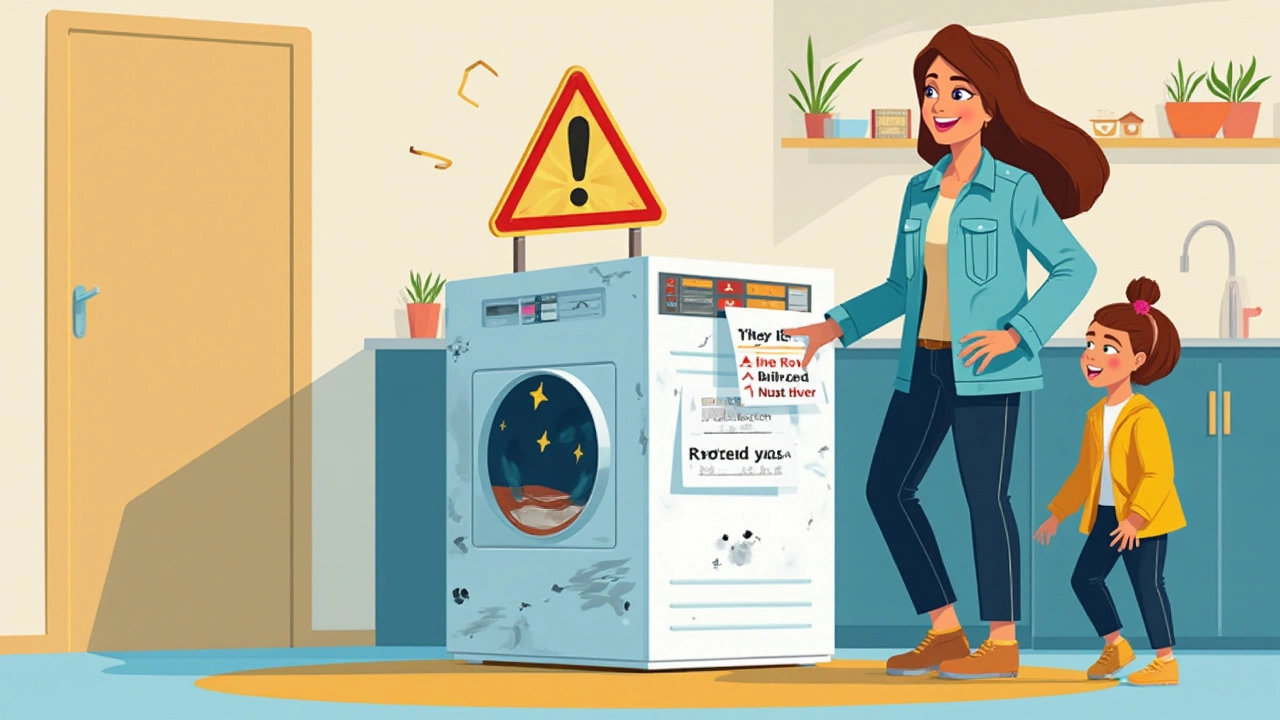
Cost vs. Value: Doing the Math
Before you hand over your credit card for another dryer repair, it’s smart to crunch some numbers. Here’s a simple rule people in the appliance world use: If the repair costs more than half the price of a new tumble dryer, it isn’t worth it. Most brands of dryers today start around $400 for a basic model, so if your fix is over $200, that’s your red flag.
Also, think about what you’re getting for that repair bill. New dryers use way less electricity and dry your clothes faster. That means lower bills every month—and less frustration dealing with a slow, cranky machine. And don’t forget the warranty you get with a new dryer, which means no repair payments for a while.
Here’s a real-world comparison of average dryer repair costs vs. buying new:
| Repair Issue | Average Repair Cost ($) | New Dryer Cost ($) |
|---|---|---|
| Motor replacement | 250–400 | 400–1200 |
| Heating element | 150–250 | 400–1200 |
| Control board | 200–350 | 400–1200 |
Stack those numbers up for your own dryer. The older your machine, the less sense it makes to repair if it’s got a big-ticket problem.
- Add up the cost of all needed repairs in the past year.
- Compare that total to the cost of a replacement.
- If you're repairing more than once a year or if the total is over 50% of new, a replacement wins.
Bottom line: don’t let nostalgia or wishful thinking drain your wallet. Do some quick math and decide what really saves you money and hassle in the long run.
Safety Hazards That Cancel Out Repairs
Some issues turn your dryer repair from a maybe into a hard no, especially when safety’s at stake. Dryers run hot and use a lot of energy, so anything that messes with their wiring or heating can go from inconvenient to downright risky in a hurry.
If you notice a burnt smell, frayed cords, or see scorch marks around the plug or outlet, shut that tumble dryer down. Damaged electrical parts are the biggest fire starter in broken dryers—those should never be patched up or ignored. The U.S. Fire Administration reported that around 2,900 home clothes dryer fires get reported every year, and electrical problems are a top cause.
Another huge red flag is if the heating element or thermostat is busted and keeps overheating. Overheating dryers don’t just wear out clothes—they start fires. Replacing these parts isn’t always a slam dunk, especially if the machine has a long history of running hot. Mold or water damage inside the dryer is another dealbreaker. Water and electricity never play nice, and even one episode of flooding can leave dangerous residue behind.
- If your dryer drum won’t stop spinning even with the door open, something’s messed up with the safety switch or sensors. Letting that slide is risky for anyone in the house, not just laundry-doers.
- Dryers that run with noisy grinding or rattling sounds could have loose parts that can break free and hit wires or heating coils inside, which is another fire risk not worth gambling on.
Here’s a quick look at signs it’s safer to ditch than fix:
| Warning Sign | Why It's Dangerous |
|---|---|
| Burnt smells or black soot on plugs | Signals failing electricals—prime fire hazard |
| Broken door switches | Accidental spinning with open door—risk for injuries |
| Consistent overheating | Worn-out elements or sensors—fire danger |
| Mold or water inside | High chance of electrical shorts |
If you spot any of these problems with your appliance, don’t risk a DIY job and don’t call for a band-aid repair. The safer bet is to pull the plug for good and protect your home and loved ones.
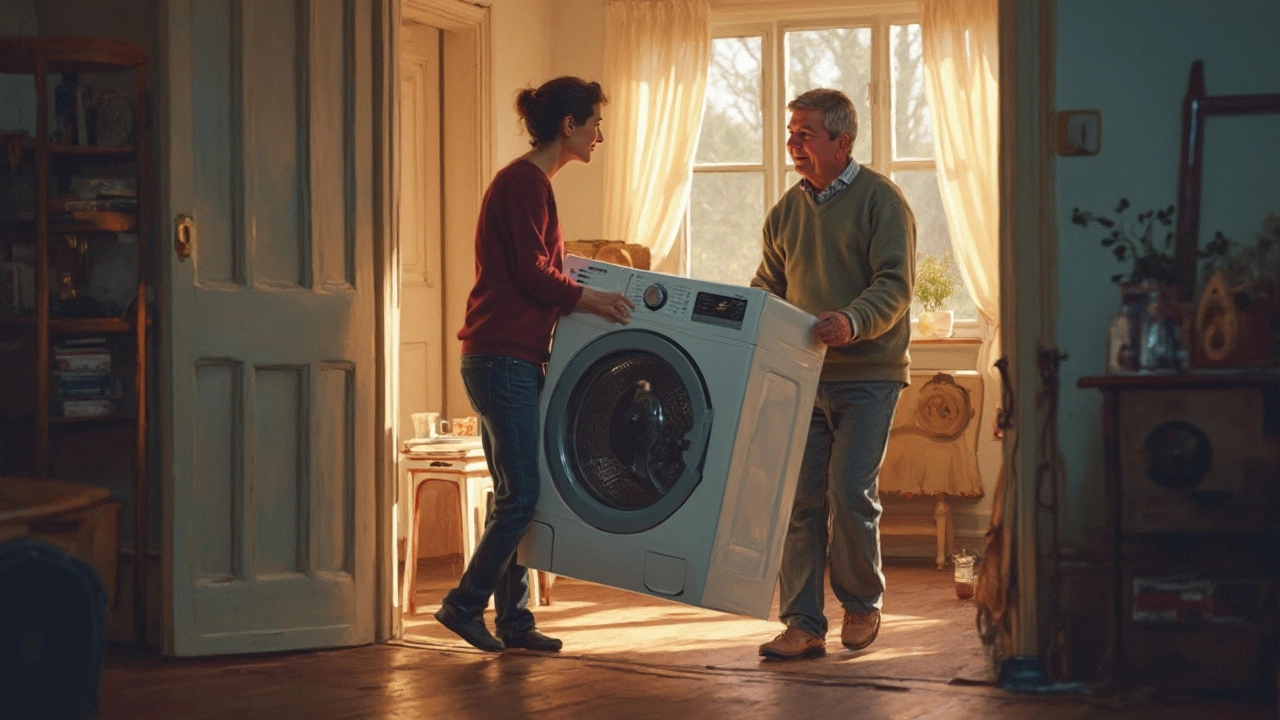
What to Do with an Unfixable Dryer
So, your dryer repair days are over and that old machine just isn’t worth saving. Don’t drag it to the curb yet—there are smarter ways to deal with an appliance that’s thrown in the towel.
First, think about recycling. Most local recycling centers take big appliances, including dead tumble dryer units. Recycling just one dryer can save more than 100 pounds of steel from heading to the dump. Many towns even offer free bulk pickup for old appliances, so give your city’s waste management a quick call before you lift a finger.
If your dryer still has some smaller parts in good shape, you might want to sell or donate those. Scrappers or appliance parts shops often snap up working bits like knobs, switches, and even the drum. Check local classifieds online; extra cash is extra cash, right?
Charities and nonprofit groups sometimes take appliances that still limp along, even if they’re not perfect. Habitat for Humanity’s ReStores and similar spots may use or sell your old machine for parts. If the dryer is totally dead, they may still want it just for scrap.
- Remove personal stuff before pickup—sometimes socks and coins hide deep inside.
- Look for electronic waste events in your area. They’ll take dryers and recycle the electrical components safely.
- If you’re buying a new dryer, ask the store if they’ll haul away your old machine for free. A lot of big-name appliance stores do this if you’re getting a replacement from them.
It’s tempting to stick the dryer in your garage “just in case,” but most of the time, it’ll just become another headache. Making space is usually a better move—and you’ll avoid racking up weird storage fees at some dumpy self-storage place.
Here’s a ballpark of what you can expect from different options:
| Option | Average Cost/Return (USD) | Turnaround |
|---|---|---|
| Recycling Center Dropoff | $0–$30 fee | Same day |
| Bulk Pickup (City Service) | Usually free | 1–2 weeks |
| Parts Resale | $10–$80 | Days to weeks |
| Donation | Tax write-off | 1–2 weeks |
| Store Haul-Away | Free with new purchase or $20–$40 fee | Immediate |
Whatever route you pick, just avoid dumping the machine in an alley or empty lot. Improper disposal isn’t just rough on the environment—it can get you a pretty hefty fine. Taking the extra time to use one of these options means less stress and less junk sitting around eating up your space.
